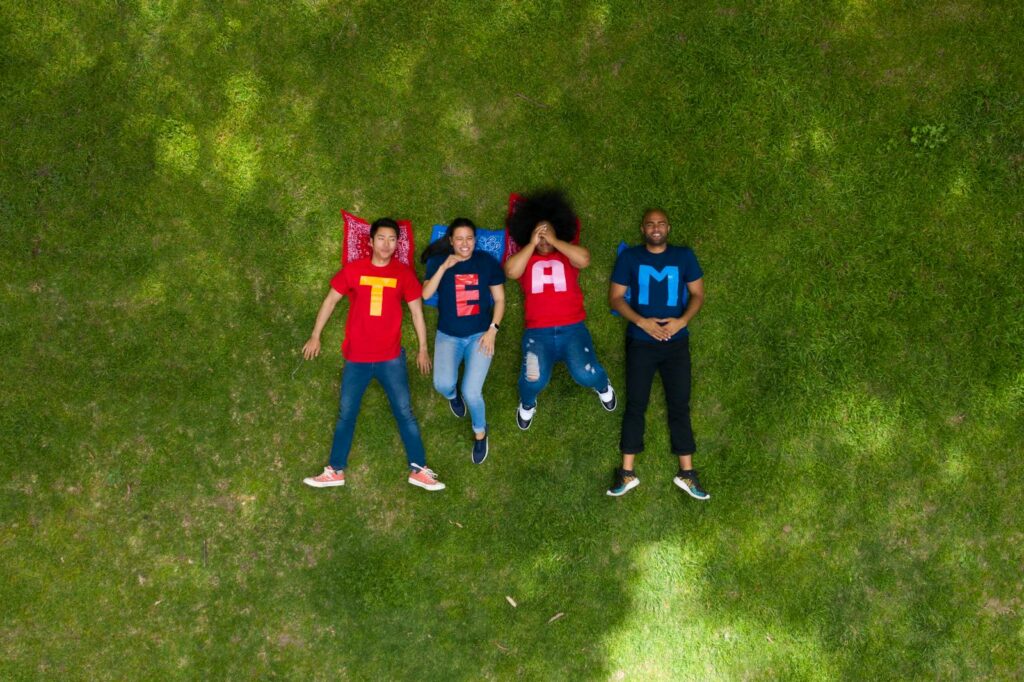The essence of clan culture is Imagine your workplace as a big family. Everyone knows each other, supports each other, and works together towards a common goal., and it turns out, it’s pretty good for business!

What exactly is a clan culture?
Clan culture is all about company where employees feel valued, teamwork is king, and communication flows freely. It’s like a close-knit community, where everyone has a say and feels invested in the company’s success. Did you know, according to a study by the Society for Human Resource Management, companies with a strong clan culture see a 41% lower turnover rate compared to companies with a weak culture? That’s a lot of happy (and loyal) employees!
So, what makes a great leader in a clan culture?
Here are some key qualities:
- The Mentor: Great leaders in clan cultures are like supportive family members. They guide and advise their teams, helping them grow and develop their skills. Just like a good parent, they celebrate successes and offer support during challenges.
- The Visionary: Clan cultures thrive on a shared purpose. Great leaders clearly communicate the company’s vision and mission, inspiring their teams to work towards a common goal. Think of it like a family working together to achieve a big dream vacation!
- The Empowerer: Clan cultures don’t believe in micromanaging. Great leaders trust their team members and empower them to make decisions, fostering a sense of ownership and accountability. Imagine letting your teenage kids choose their own clothes – same idea, but hopefully with less drama!
- The Communicator: Effective communication is the backbone of any strong relationship, and it’s no different in a clan culture. Great leaders are masters of communication, ensuring everyone is kept informed, heard, and understood. They actively listen to their team members, solicit their feedback, and communicate decisions clearly and transparently.
- The Empathetic Leader: Clan cultures value genuine human connection. Great leaders cultivate empathy by understanding and acknowledging their team members’ feelings and perspectives. This creates a sense of trust and psychological safety, allowing employees to bring their whole selves to work without fear of judgment.
- The Servant Leader: This leadership style flips the traditional hierarchy on its head. Great leaders in clan cultures see themselves as serving their team members, not the other way around. They prioritize their team’s well-being and growth, providing resources, support, and opportunities for their team members to succeed.
- The Transparency Advocate: Trust is paramount in any successful relationship, and a clan culture is no exception. Great leaders prioritize transparency, keeping their team members informed about important decisions, company goals, and any challenges the organization faces. This open and honest communication builds trust, fosters a sense of shared ownership, and allows everyone to contribute effectively towards achieving common goals.
- The Conflict Navigator: Disagreements are inevitable in any workplace, but in a clan culture, where open communication is encouraged, they might surface more frequently. Great leaders act as skilled conflict navigators, facilitating open and respectful dialogue, helping team members find common ground, and ensuring conflicts are resolved constructively, without damaging relationships or hindering progress.
- The Celebrator: Great leaders in clan cultures don’t just acknowledge success, they celebrate it with gusto. This could involve public recognition, team rewards, or simply taking the time to express sincere appreciation for individual and team achievements. Recognizing and celebrating accomplishments reinforces positive behavior, strengthens team morale, and motivates everyone to strive for excellence.
The Challenges and Rewards of Leading a Clan Culture
Building a thriving clan culture isn’t all sunshine and rainbows. Here are some potential challenges and how great leaders navigate them:
Challenge: Maintaining a flat hierarchy can lead to difficulty scaling.
Solution: As companies grow, leaders can delegate responsibilities while still maintaining open communication and empowering team members. Regular team meetings and clear communication channels ensure everyone stays aligned with the company’s vision.
Challenge: Conflict resolution can be tricky in a “family” environment.
Solution: Great leaders encourage open and honest communication, fostering a safe space for team members to voice concerns and work through disagreements constructively. By focusing on finding solutions rather than placing blame, leaders can maintain a positive and collaborative environment.
Challenge: Keeping everyone engaged and motivated in a large team can be difficult.
Solution: Leaders can implement regular feedback sessions, celebrate individual and team achievements, and offer opportunities for professional development. This helps employees feel valued and invested in their own growth, contributing to their overall engagement and motivation.
Remember, leadership in a clan culture is all about fostering a sense of belonging and shared purpose. By focusing on mentorship, clear communication, and empowerment, leaders can create a work environment where employees feel like valued members of a family, ultimately leading to a happier, more productive, and successful organization.
